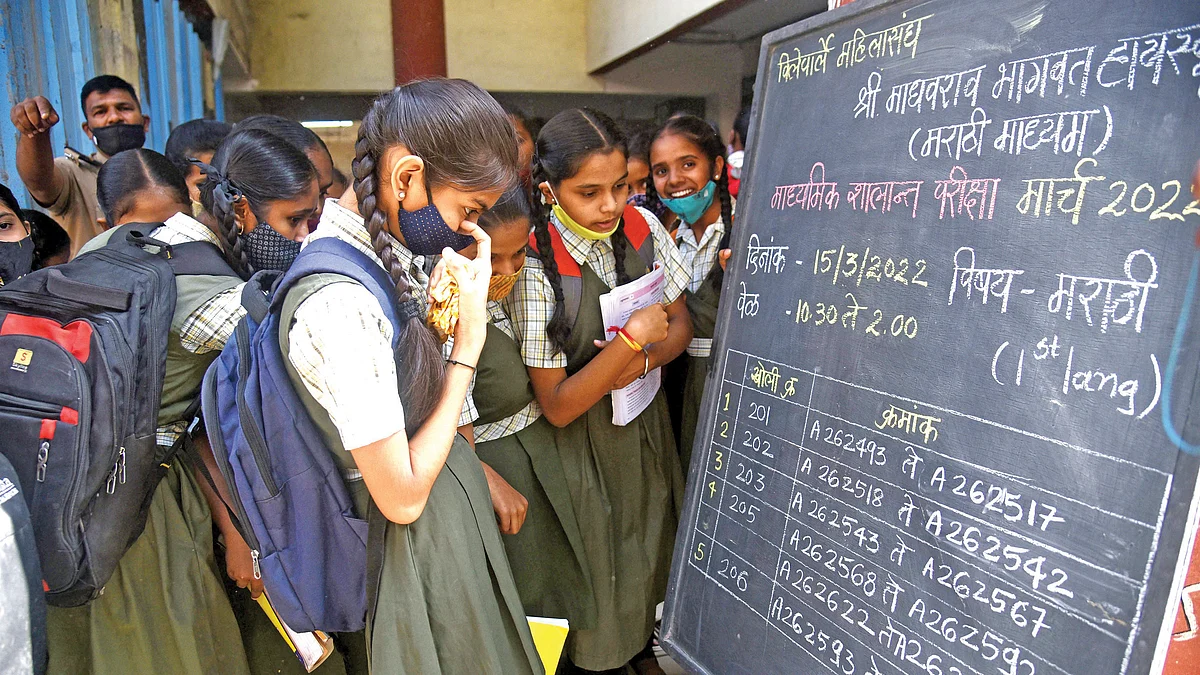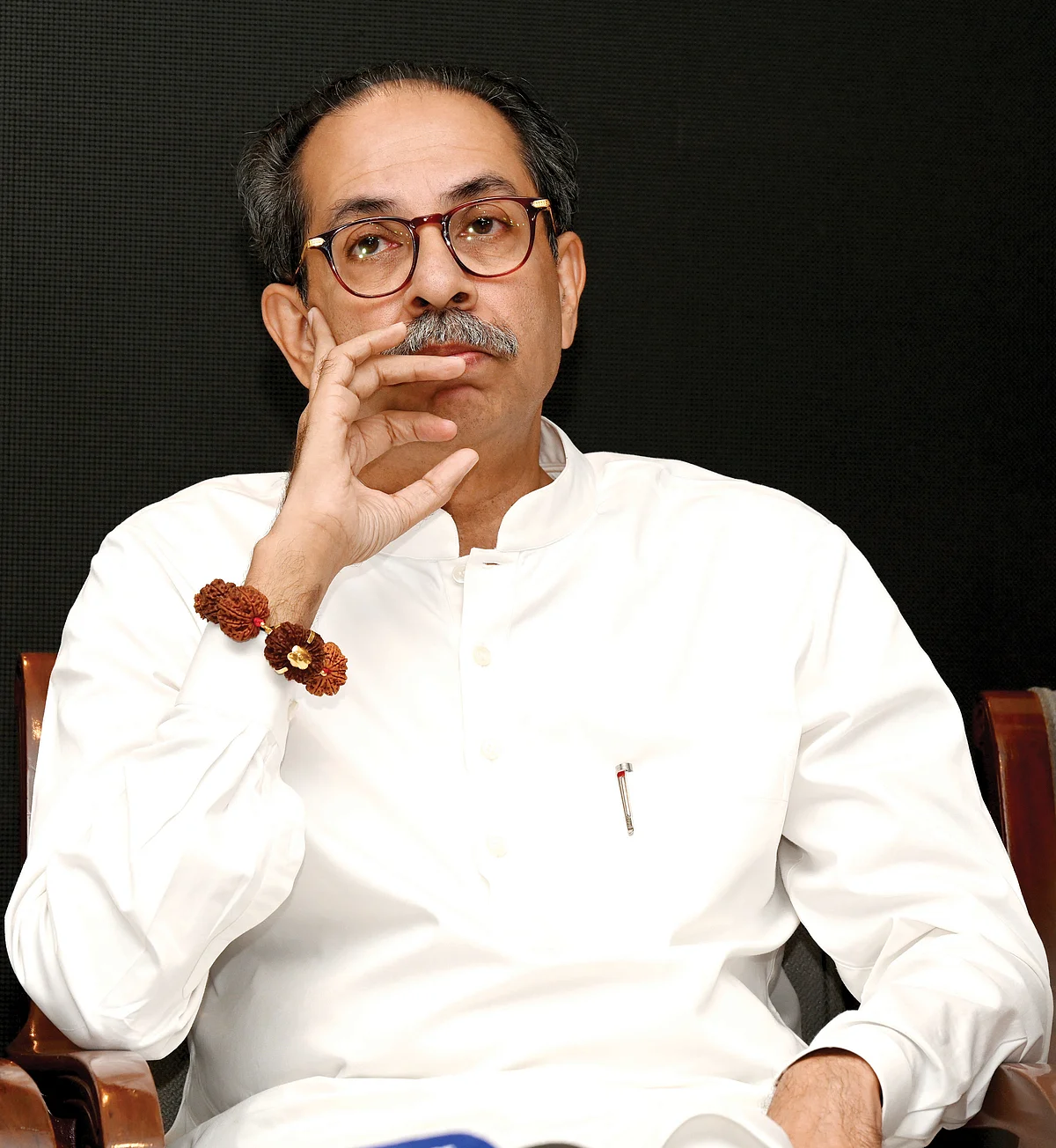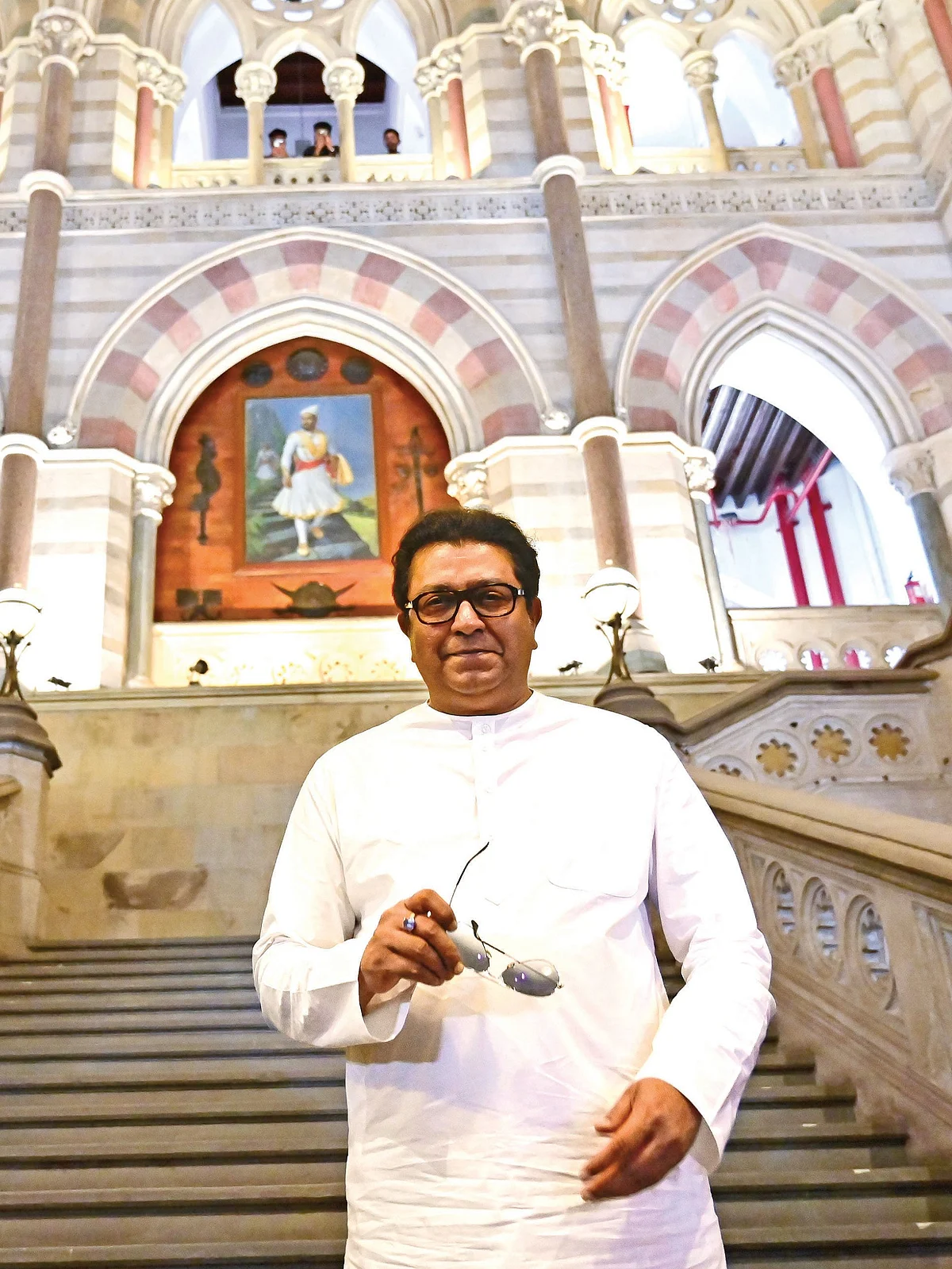Maharashtra: Marathi vs Hindi — two steps forward, one step back
As many as 17,500 Marathi schools across the state are said to be on the verge of closure, the official reason being that an average of less than 20 students opt to study Marathi

Proposed on 16 April, disposed on 22 April, the state government’s move to make Hindi compulsory from Class 1 onwards lasted exactly a week. The chief minister, the education minister and the State Council of Educational Research and Training insisted that the move was scientific and mandated by the New Education Policy 2020. The enthusiasm did not last long in the face of a pushback from political parties and educationists, forcing the reversal. The Language Advisory Committee of the Maharashtra government settled the controversy by asking the government to withdraw the policy notified on 16 April.
In a strongly-worded letter, the committee pointed out that neither Marathi nor English—the two compulsory languages— were being taught particularly well. Questioning the efficacy of even the twolanguage policy, the committee referred to an ASER study which held that across the nation as many as 31 per cent students are not able to read in their mother tongue. Focus should be on improving the quality of teaching and teachers rather than adding a third language, it said. Justifying the U-turn, education minister Dada Bhuse argued that because Marathi and Hindi use the same Devanagari script and their syntax is close to each other, Hindi as the ‘optional’ third language would be easier to implement.
The argument made some Marathis wonder if Hindi-speaking states would use similar logic to make Marathi the third language in their schools. The U-turn was welcomed by a delighted Tamil Nadu chief minister M.K. Stalin, who had opposed the Centre’s three-language formula, maintaining that the two-language formula followed by the state had yielded results and there was no compelling reason to change it. After Maharashtra’s U-turn, Stalin took to X to pose some hard questions to the Union education minister.
‘Does the Union government officially endorse Maharashtra CM’s position that no language other than Marathi is compulsory in Maharashtra as the third language under National Education Policy? If so, will the Union government issue a clear directive to all states affirming that the NEP does not require the compulsory teaching of a third language? ? Will the Union government release the Rs 2,152 crore it unjustly withheld from Tamil Nadu on the premise that the state must subscribe to the teaching of a mandatory third language?’
Undoubtedly, the policy to make Hindi compulsory in schools was prompted by politics, with Fadnavis and the BJP planning to reach out to the 4.5 million Hindi-speaking population in Mumbai ahead of the Brihanmumbai Municipal Corporation (BMC) elections. The fierce resistance from both MNS and the Shiv Sena (UBT) was unexpected by the government. Marathi speaking people, alienated by businesses and offices shifting to Gujarat in the past few years and the insistence of Gujaratis to prevent meat-eating Marathis to live in housing societies dominated by them, saw the compulsory Hindi move as designed to marginalise them more.
The number of Marathi medium schools in the state and those run by BMC has been declining, thanks to the increasing preference for English and Hindi medium schools. In the past 10 years, 106 BMC-run Marathi medium schools have been shut down. In contrast, 30 Hindi medium, 58 English medium and 5 Urdu medium schools have come up. As many as 17,500 Marathi schools across the state are said to be on the verge of closure. The official reason being that not even 20 students in each of these schools opt to study Marathi, making it unviable to hire Marathi teachers.
Also Read: India’s language fault line
Curiously, both the language advisory committee and former education minister of the state Deepak Keskar have pointed out that Hindi is alreadycompulsory from Class 5 to 7. The NEP, the committee said, lays down that students acquire proficiency in their mother tongue from class 1 to 5, in English from class 6 to 8 and in a third language later.
It is high time the Union education minister clears the air and puts an end to the confusion around the third language. Above all, he must address Stalin’s question about resources to engage teachers for a third language. An audit of how the twolanguage formula has worked so far is also needed before the BJP muddies the water with politics over languages.
BMC versus the Jain mandir
The demolition of a 35-year-old Jain temple in Vile Parle brought members of the Jain community out on the streets. The Rashtriya Swayamsevak Sangh (RSS) and the BJP have tried very hard to project Jainism as an integral part of the Hindu society. A running battle continues in several states, including Madhya Pradesh and Gujarat, by Hindus to appropriate Jain shrines. There were violent attacks on Jain monks in Singoli in MP and audio clips of BJP leaders calling Jains being worse than Muslims and Ravan created tension after they were shared on social media.
The dispute over the alleged illegal occupation of Shri Girnar Ji temple in Gujarat is also yet to be resolved. Against this backdrop, the sudden demolition of the temple by the BMC in the heart of Mumbai was baffling. Why would the BMC demolish the temple despite knowing that the dispute over its legality was pending before the Bombay High Court?
Could they have done it without the consent and approval of the state government when the BMC is directly administered by the government in the absence of elections for the past three years? The demolition was also baffling because Mangal Prabhat Lodha, a builder and the ‘guardian minister’ for Mumbai is himself a Jain. Moreover, the minister is said to have an ‘office’ in the BMC. He joined protesting Jains on the street, prompting Shiv Sena (UBT) leader Aditya Thackeray to sneer at the ‘drama’.
The Bombay High Court was also far from amused and pulled up the BMC while ‘staying’ further demolition. The BMC itself appeared contrite, transferring an assistant commissioner in charge of the ward and offering to undo the damage by renovating the temple. While the BMC says the temple was illegal in its record, Jains offering prayers at the Shri 1008 Parshwanath Digambar Jain Mandir argue that it would not have lasted 35 years if the BMC had not allowed it. They do however concede that a case is pending in the court. The Jain community feels they are a soft target and electorally insignificant, constituting less than one per cent of the population, and hence are being targeted. Some say the BMC is just testing the waters before claiming the prized plot of land to hand it over to the builders.
Why is BJP so happy with the Thackerays’ rapprochement?
BJP leaders seemed genuinely happy over reports that estranged cousins, Uddhav and Raj Thackeray, have expressed their willingness to bury the hatchet and join hands. Devendra Fadnavis could barely stop grinning. Brothers, he quipped, should bury their differences and make everyone happy.


Explanations have been many, with some of them convoluted. Why should the BJP be happy at Shiv Sena (UBT) getting stronger, even if it is on paper?
With both Raj and Uddhav Thackeray holidaying in Europe, the report of the brothers joining hands was generally scoffed at. Sanjay Raut, SS(UBT) MP and editor of party mouthpiece Saamana, kept the suspense alive by stating that it was an emotional issue for the cousins. Political observers were quick to point out though that Uddhav did not need Raj’s support. It is the Shiv Sena factions headed by Eknath Shinde and Uddhav Thackeray which matter more politically. Uddhav Thackeray’s Sena has nine MPs and 20 MLAs while Raj Thackeray has none.
In the last BMC elections, the united Shiv Sena headed by Uddhav Thackeray had 84 corporators while Raj Thackeray’s faction had seven. The political battle is with Shinde, in which Raj could arguably be of marginal help. When a podcast, recorded earlier, was released by Mahesh Manjrekar where Raj Thackeray is heard saying that he would not mind burying differences with Uddhav, it made for a juicy report.
But political observers remained sceptical and soon enough Raj Thackeray sent word from abroad, asking his people not to comment on the subject. With Raj expected to return on 29 April and Uddhav on 4 May, the suspense may continue for some more time.
Follow us on: Facebook, Twitter, Google News, Instagram
Join our official telegram channel (@nationalherald) and stay updated with the latest headlines
